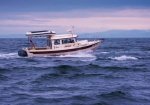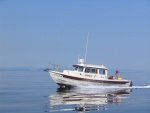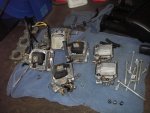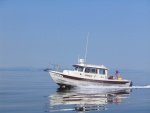Dan McNally":17irmyzv said:
Interesting take on fuel choices here. I just had my carbs cleaned and restored 10 months ago *#A because of a slight stumble at about 2200 rpms. I brought the boat home and parked it added some fuel stabilizer and let it sit for ten months *#B. Fired it up to play and it was all messed up, the only way it would run is with the choke being used. Took it back to the shop and talked with them and they stated that there are issues with either type of fuel you use. If you use non ethanol fuel you need to do that consistently *#3 and he stated that their recommendation is to run ethanol fuel with lots of stabilizer and to keep the tanks full and the fuel lines hooked up. *#4 I will take him at his word he has always been good to me for the past fifteen years servicing my 22 footer. He stated that their recommendations have evolved as the understanding of fuel types *#5 have changed in the recent past.
I see
lots of questions and issues here.
*#A Were the jets replaced with new, or just "cleaned"?
*#B Was all the previous Gas used, diluted or disposed of? Was the stabilizer run through the engines after it was added to the tank?
*#3 Nice idea but seriously impractical, and in my belief, a bunch of baloney. (I have mixed gas types for 15 years with NO problem using my (stated here) methods.
*#4 Finally something that actually makes sense. And it has worked in my practice for 15 years.
*#5 Yes, both fuels AND additives have changed over time, Additives much more so.
I bought my boat with 80 hours on brand new engines and then it sat for several months, outside, summer into late fall, before I found it. When I first ran it, it stuttered and would not run near mid throttle. Don't know for sure but most likely had untreated, ethanol gas. Took it into the mechanics, Yamaha Certified and under warrantee, and the carbs were all gunked up.


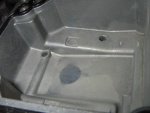
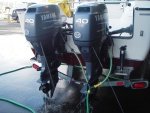
My mechanic said to do this:
1. Add Marine Stabil at every fill UNLESS I was on a cruise and would be running that fuel out FOR SURE in less than the next week.
2. When returning to home port, ADD Marine Stabil treatment for a full tank at whatever level the gas was currently, so that that could be running through the engines before shutting them down.
3. Fill the tanks on the way home and add the Marine Stable for the amount (gallons put in), of the fill.
4. Store the boat with full tanks, and the added Stabil.
5. IF it sits for several months, like over the winter, ADD Startron (to boost the octane) when launching for the first of the season.
6. In the Spring, the first fill might be only half or less, of a tank. That first fill gets the next fuel octane step up from the usual octane which is 87 or 88. That is the only time I use other than "regular" octane.
Doing this practice, and nothing else fuel wise I have not, since the Carb rebuild, had a single fuel issue. In the last 5 years I have added using the Yamaha RingFree additive with each fill, or every other if I am doing cruising where I am filling frequently. On my last fill on a cruise, that gas is coming from a marina pump, and in most cases that will be non-ethanol. When I fill the tanks on the way home that will be non-ethanol for sure. I have nearly 1800 hours and fully expect to get up to 3000 before repowering. The OBs are professionally maintained twice a year. My belief is that if I take care of my twins, they well take care of me. Has worked perfectly so far.
Harvey
SleepyC :moon
